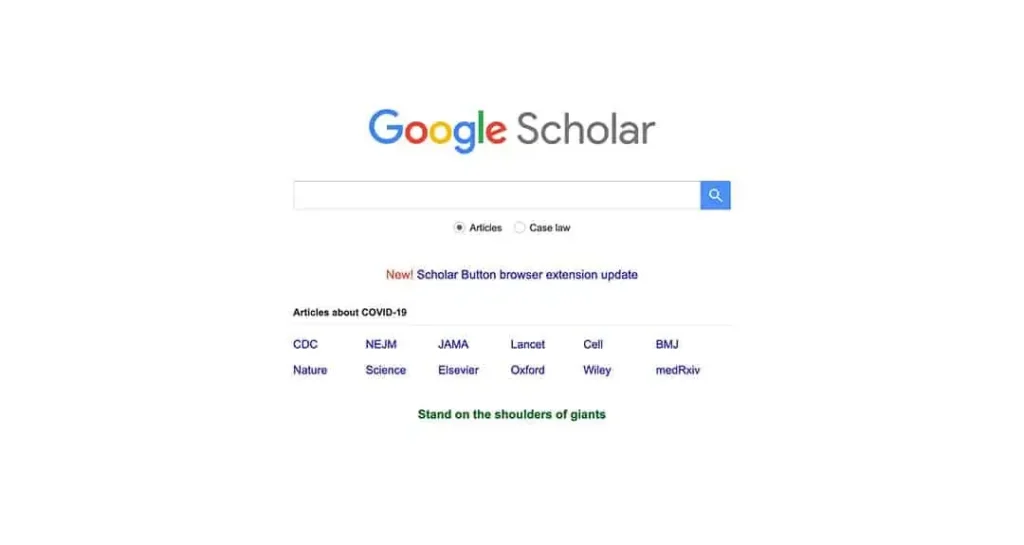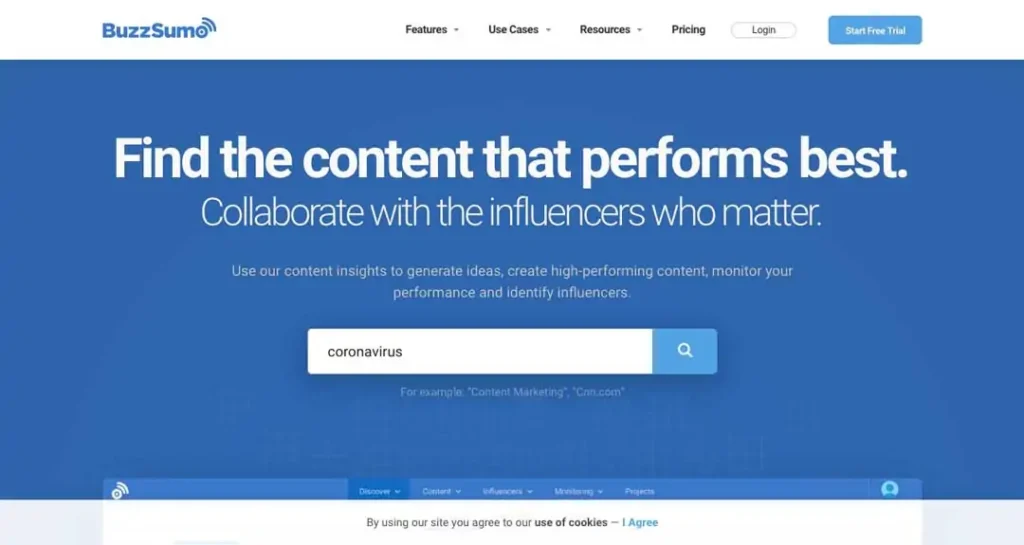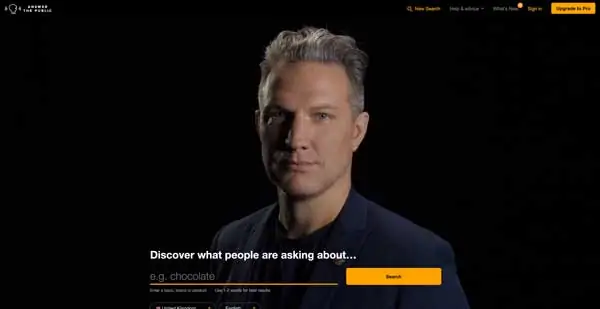By all accounts, content is currency when it comes to digital marketing. But when content is used that either isn’t researched fully or isn’t written in the best way, it can completely hamper your efforts, along with the intended hopes for success with your content marketing efforts.
In this post, we wanted to share some best practices and offer guidance to those who research and write content for a living.
Be sure to check out our guide to SEO copywriting also.
Find your voice when writing
The importance of finding your voice within your chosen topic and clearly articulating what novel idea you bring to the table cannot be stressed enough. Find your angle, your particular slant, and your own voice.
Being authentic is something people truly value, and if you can articulate your unique perspective or experiences in your writing, it can help you grow a loyal and engaged audience.
Specificity when researching
Specificity matters, and not just to see what is trending in any given area. Always consider any extra value you can add to the process by thinking about what is not being covered, but which is relevant to your target market.
Aim for a unique angle or point of view on any piece of writing to allow you to stand out from the masses that saturate the growing market in this day and age.
Think of how many times you’ve glossed over a generic-looking article title and opted for the title that sounded a little more interesting or opinionated.
The more targeted your angle is, the greater your chances of success are.
Know your audience when writing
This point is short and sweet. In marketing, we all know the importance of using demographics to drive actions.
However, with content writing, it can be easy to get carried away or lost in a topic, forgetting the core target audience you are trying to appeal to.
What are the pain points or challenges faced by the people you want to engage with? Keep these in the forefront of your mind at all times.
Back up all key points when researching
Make sure your content is well structured and contains no superfluous words or statements.
You can be a brilliant researcher, but if you fail to strategically utilize your findings to prove your point, your work could be in vain.
Use high-quality, high-ranking, trusted sources for any data that you base your work on; as a minimum.
Always cite the sources you use, and always make sure you pull any headline facts from your research and highlight this clearly in your content.

Tip: For more in-depth research, Google Scholar provides the means to look into academic papers and literature, which can prove to be just the kind of data that will give you content a key differentiator vs. other content.
Less is often more when writing
Long, unfocused content is unlikely to hold your reader’s attention and thus get your desired point across. On the flip side, not enough content won’t have the depth needed to win for a keyword cloud.
Attention spans are shorter, meaning people are more likely to scan and skim across content. This is where complete guides come in – give readers the ability to learn everything on specific topics – but allow for easy short-read pieces as well.
Make sure your content is relevant, to the point, and devoid of unnecessary words.
A complete guide won’t have less than 1,000 words and it can occasionally hit 5,000+ words. But make sure you aren’t wasting peoples time with fully, unnecessary content.
Source: https://coschedule.com/blog/content-marketing-research-strategies/#quora
We’re not saying that long-form content pieces are out (They are not out – they are very in – they have their place).
However, you need to make sure you break each piece of your writing (within the article) down into bite size chunks, use white space & avoid fluff, and if you’re trying to make a point, get to it quickly.
Be concise, but at the same time cover all the angles of a specific topic. And inside that article use H2s liberally – in order to further break down content sections.
People want to skim to the next heading – and only read what they are intending to learn more about.
Stay informed to stay ahead when researching
Subscribe to industry-relevant news sources to keep you up to date with any important changes in your niche.
Sign-up for newsletters from the competition, along with any other thought leaders in your sector, and get them delivered straight to your inbox.
Match their output frequency. If you manage multiple clients, use rules and folders to manage the extra influx of content.

Tip: BuzzSumo is a great tool to use to help you keep informed of multiple sectors and channels.
Connecting content when writing
Regardless of whether you’re writing blogs, PRs, landing pages, or case studies, there’s always going to be an opportunity to connect the content you’re writing with previously published content on your site to other content & service pages (internal linking/external linking).
Make sure you find a natural way to link the content pieces together.
Read our recent blog post to learn more about internal linking.
Uncover key questions when researching
There are a couple of ways to discover the right questions to cover in any content pieces you are writing.

Answer The Public is the first; use it to determine what questions people are asking about a specific keyword.
Use it to create FAQs connected to your keyword/phrase.
Second is a keyword planner tool – such as Google’s Keyword Planner, AHREFS.com, SEMRush.com or other third party solutions.
Consider the People Also Ask section in Google as a goldmine for Q/A sections on your page.
Always use schema markup via a plugin or the Google Tag Manager – to help bots understand what questions and answers and content is located on each page/post of your website.
When you type in a search term, the below box appears with a list of related questions; these are always great to try and include within your content.
Pay attention to the details when writing
It goes without saying, you need to produce word-perfect, error-free content when writing.
You rarely get a second chance to make a first impression; and depending on your industry or type of business, oversights in grammar and a lack of attention to detail could prove costly where client acquisitions are concerned.
There’s plenty of free grammar-checking tools for this to not be an issue. Grammarly is one such company; if you haven’t already, get the free extension or app.
Stay focused on the goal
The final point should be a given but is either overlooked or not given the consideration it deserves. What is the purpose of the content piece? What do you or your client want to achieve? How are you going to lead your readers on their journey from A-B? Stay in scope!
Sounds easy, right? Well, as a minimum, you need to write a compelling title that captivates the reader’s interest.
You then need to use a mixture of visuals, facts, and meaningful content that holds their attention, and a compelling CTA to close.
In Conclusion
You should expect to spend around 40% of your total working time on a content project doing research.
If you try to skip or rush this process, you could miss out on key information that would have otherwise helped your writing to soar.
Once content is live, always keep tabs on it in Google Search Console to see how it is performing, or not performing.
Even create Google Sheets – where you can track the Title, Meta Description, H1s, H2s, keyword usage and placement, images, Schema, featured image and more.
Researching and writing go hand-in-hand. If you try to write without doing the research, it often results in content that is lacking, and nobody wants this for their own business or for their client’s business.
Follow these ten steps to keep your writing and research on track and on point.
Use the full featured online HTML editor tool to compose web articles to assure an error-free content!
